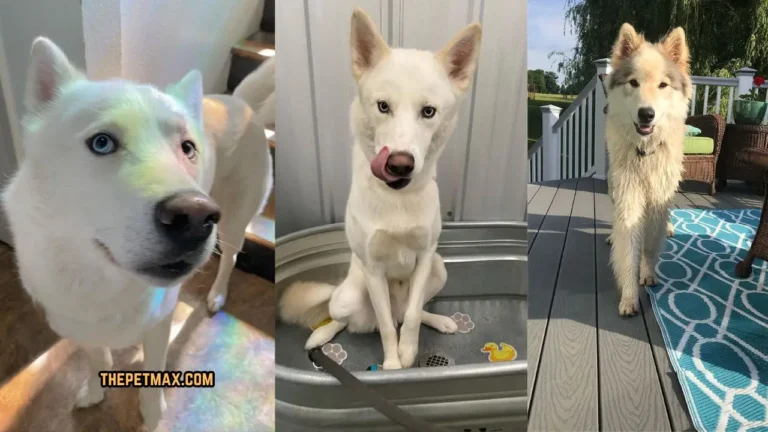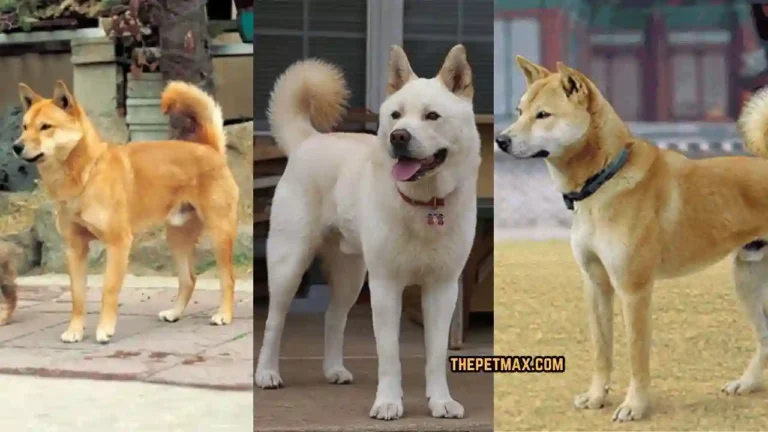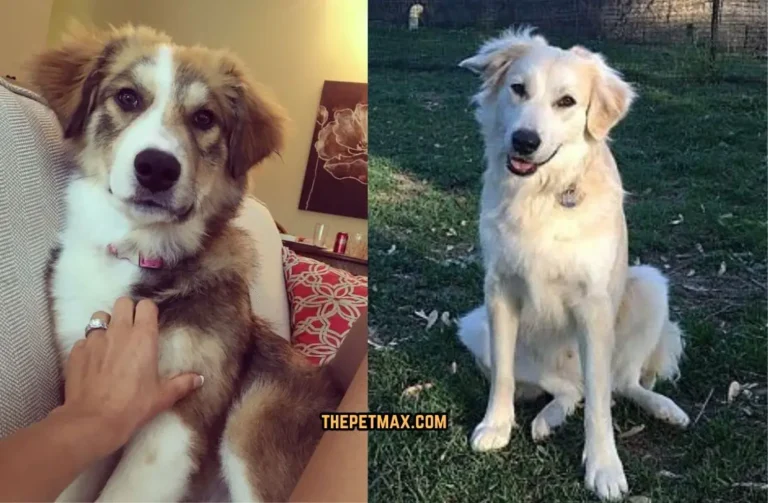Neapolitan Mastiff Dog Breed Guide
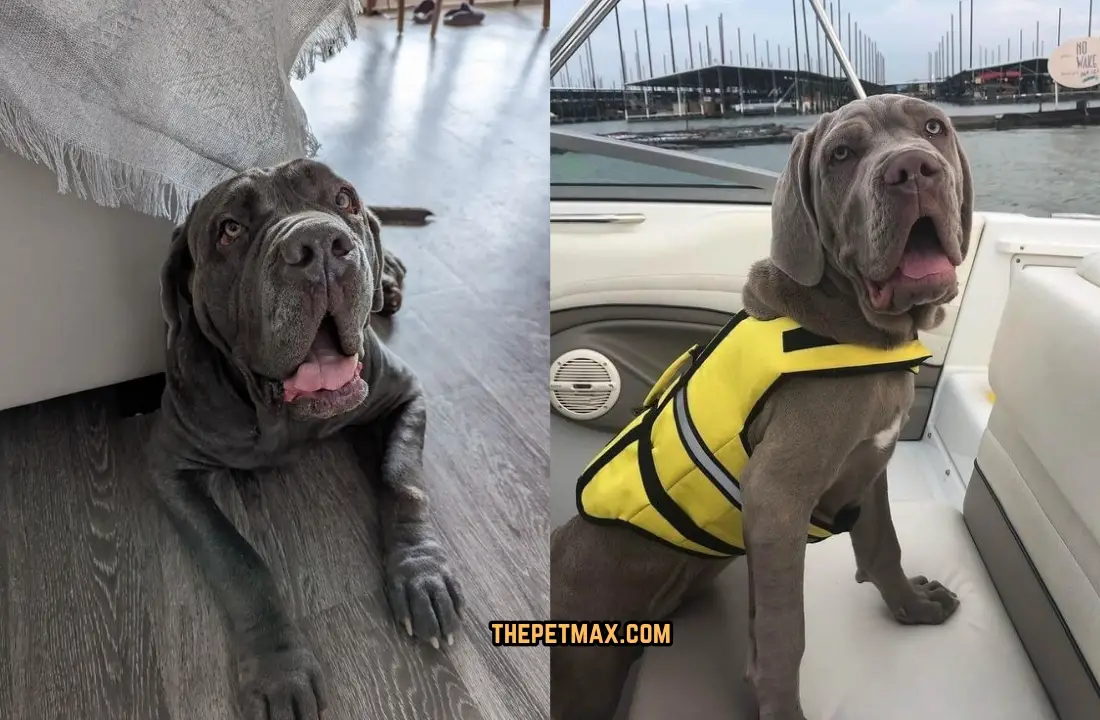
The Neapolitan Mastiff is a large working dog breed from Italy with fluffy skin, short fur, a muscular body, and long jaws that hang down from the face. Despite its form These dogs are protective and loving towards their owners and are easy to care for and socialize.
Double size, the Neapolitan Mastiff is a gentle giant and a great family dog. If you are looking for a good companion to help you stay safe, the Neapolitan Mastiff is the answer.
Contents
- 1 History of Neapolitan Mastiff Dog Breed:
- 2 Some Quick Facts About Neoppolitan Mastiff:
- 3 Neapolitan Mastiff Dog Breed Overview & Appearance:
- 4 Temperament of Neapolitan Mastiff Dog:
- 5 Are Neapolitan Mastiffs Good Family Dogs?
- 6 Are Neapolitan Mastiffs Good with Other Pets?
- 7 Food and Diet Requirements of Neapolitan Mastiff:
- 8 Exercise Needs Of Neapolitan Mastiff Dog Breed:
- 9 How to Train a Neapolitan Mastiff?
- 10 Grooming Needs of Neapolitan Mastiff:
- 11 Common Health Problems of Neapolitan Mastiff:
- 12 FAQ’s:
- 13 Conclusion:
- 14 Related Posts:
History of Neapolitan Mastiff Dog Breed:
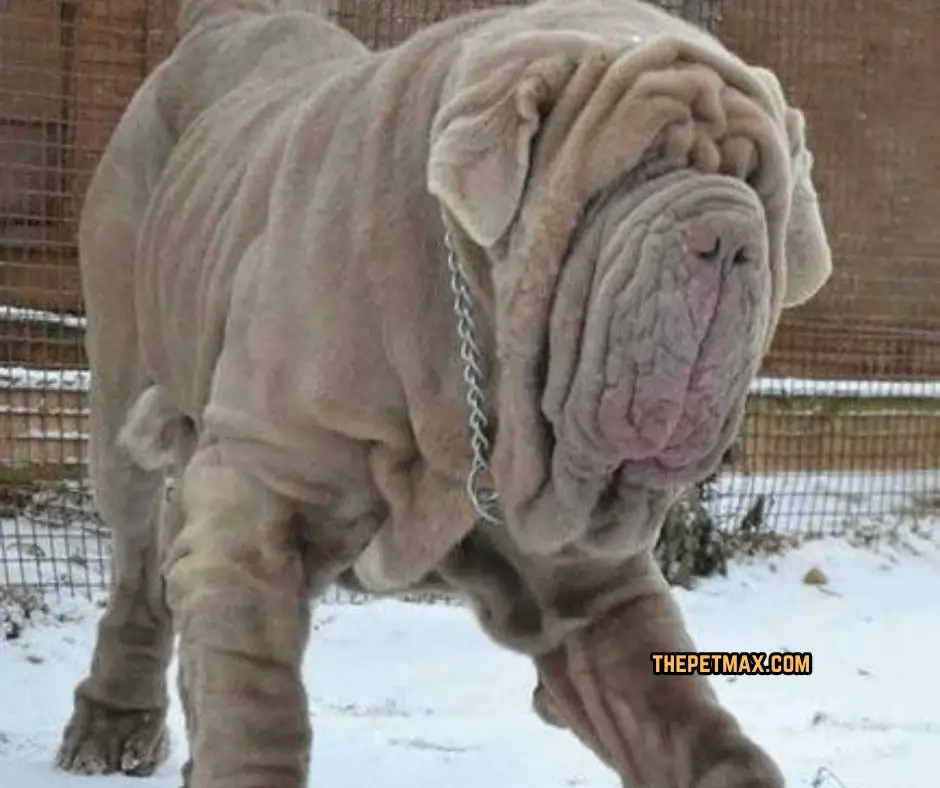
The origins of the Neapolitan Mastiff lie in the heavy, skinless Molosser breed, which the Romans favored for fighting lions and humans, guarding all kinds of property, and even traveling to war.
Today’s Neapolitan Mastiff owes much to Italian breeder Piero Scanziani, who was instrumental in creating an official breed standard and gaining official recognition for the breed. Neapolitan Mastiffs have been used as police and guard dogs, but can also be found as show and companion dogs.
Some Quick Facts About Neoppolitan Mastiff:
- It can be traced back to Alexander the Great
- They are known to be clumsy
- Expect a lot of spitting
Neapolitan Mastiff Dog Breed Overview & Appearance:
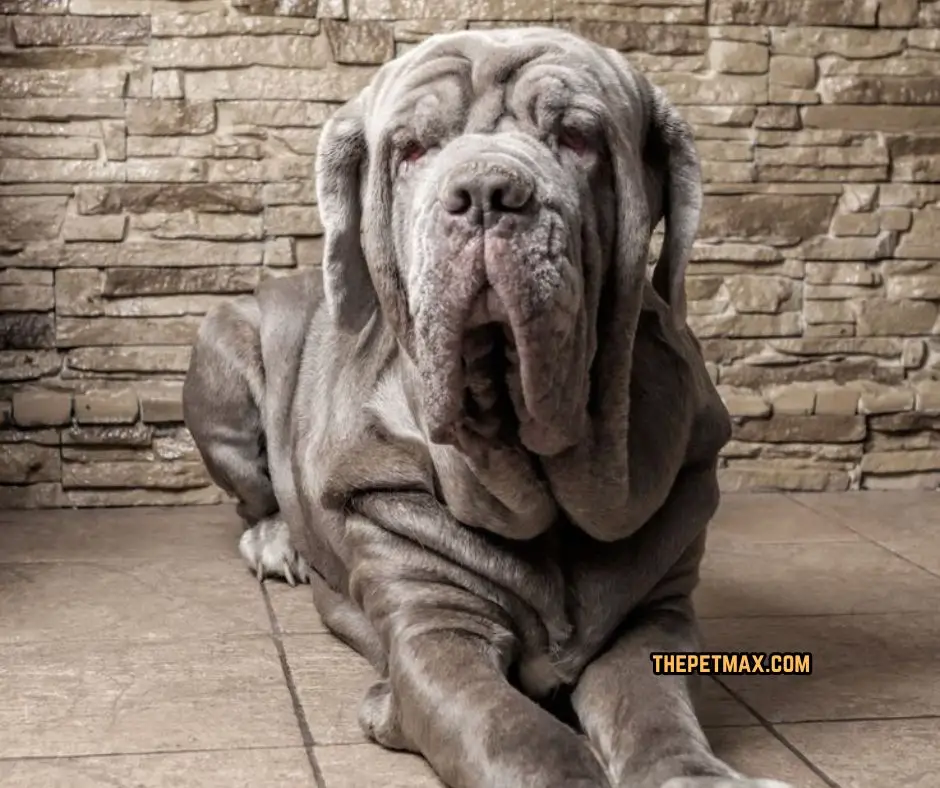
Of course, Neo’s most impressive feature is its size. This breed has a large and strong body covered with thick skin and wrinkles. The head of the species is covered with hollows of the skin, and large depressions complete the features. He has a large nose that blends with the rest of the color of his shirt, and his eyes almost fall asleep under the wrinkles on his face as he watches.
The eye color varies between amber and brown, depending on how dark Neo’s skin is. Large, floppy ears and a slow, heavy gait complete the Neapolitan Mastiff’s look. The skin comes in a variety of colors, from light purple to black. There should be no white color on the face, but there may be streaks or white marks on the skin. A slight white rash appears on the chest and toes.
| Height | 24-31 inches |
| Temperament | Gentle, willful |
| Weight | 110–150 pounds |
| Litter Size | 6 to 12 puppies |
| Lifespan | 7 to 9 Years |
| Puppy Price | $2,500 to $4,500 USD |
| Colors | Black, blue, brown / chocolate/liver, fawn, gray, and red |
| Group | Working |
| Size | Extra Large |
| Shedding | Infrequent |
| Coat | Short |
Temperament of Neapolitan Mastiff Dog:
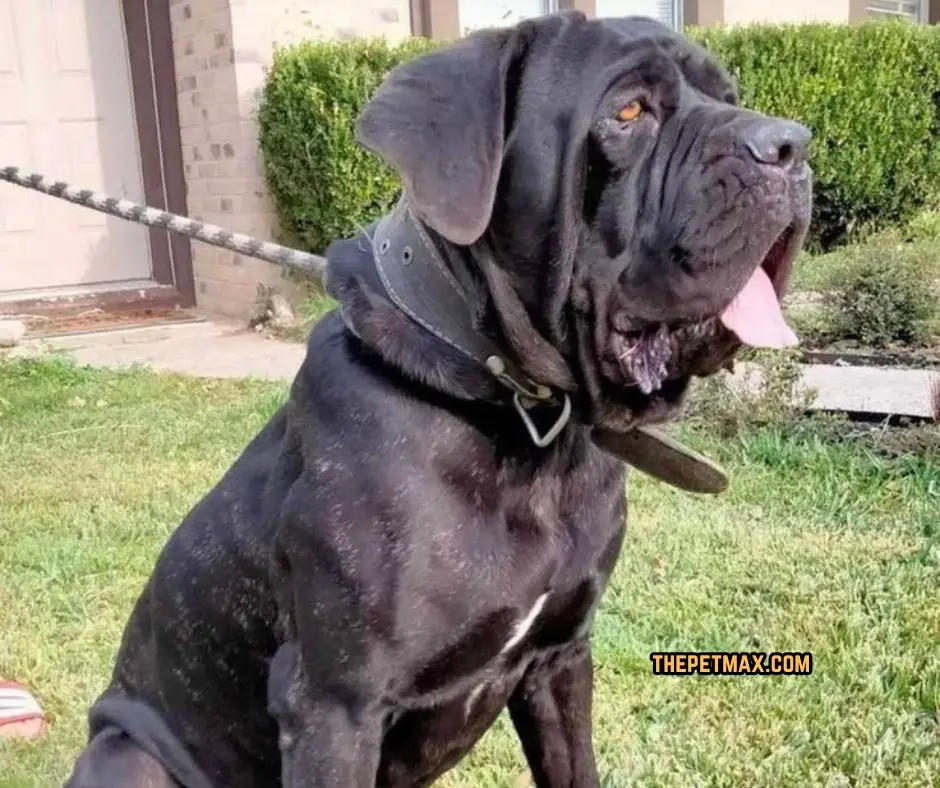
The Neapolitan Mastiff is a wild animal. Although they like to go for walks sometimes, they like to stay indoors all day and spend most of their time wandering around the garden. Neapolitan Mastiffs are lazy, so pet parents should exercise these large dogs regularly and engage in mentally stimulating games.
Neapolitan Mastiffs have been around for a long time, so they have to be loyal to their families and take good care of them. However, the Neapolitan Mastiff’s undying love for his family does not extend to strangers at first, so he must be wary of new people.
Proper socialization and positive reinforcement training from an early age will help your dog become more accepting of new people, animals and situations.
Are Neapolitan Mastiffs Good Family Dogs?
Unless you have very young children, the Neapolitan Mastiff is a family pet. They are very calm and gentle and never get angry. They also do not show bad behavior and do not get bored easily as they like to relax most of the time.
These dogs are known to be good with children. Older children can use it as a sofa cushion to relax while watching TV or reading a book. However, very young children should be careful. The large size and clumsy movements of the Neapolitan alone are enough to cause an accident in a child.
Are Neapolitan Mastiffs Good with Other Pets?
The Mastini likes children but is not known to get along well with other pets. They are aggressive with other dogs, especially males. In addition, they have very strong hunting skills and can chase other pets.
Regularly socializing your Neapolitan Mastiff and starting from a young age can help with this problem. However, you may not be able to get rid of the item, and your Mastiff may not like being around other pets.
Food and Diet Requirements of Neapolitan Mastiff:
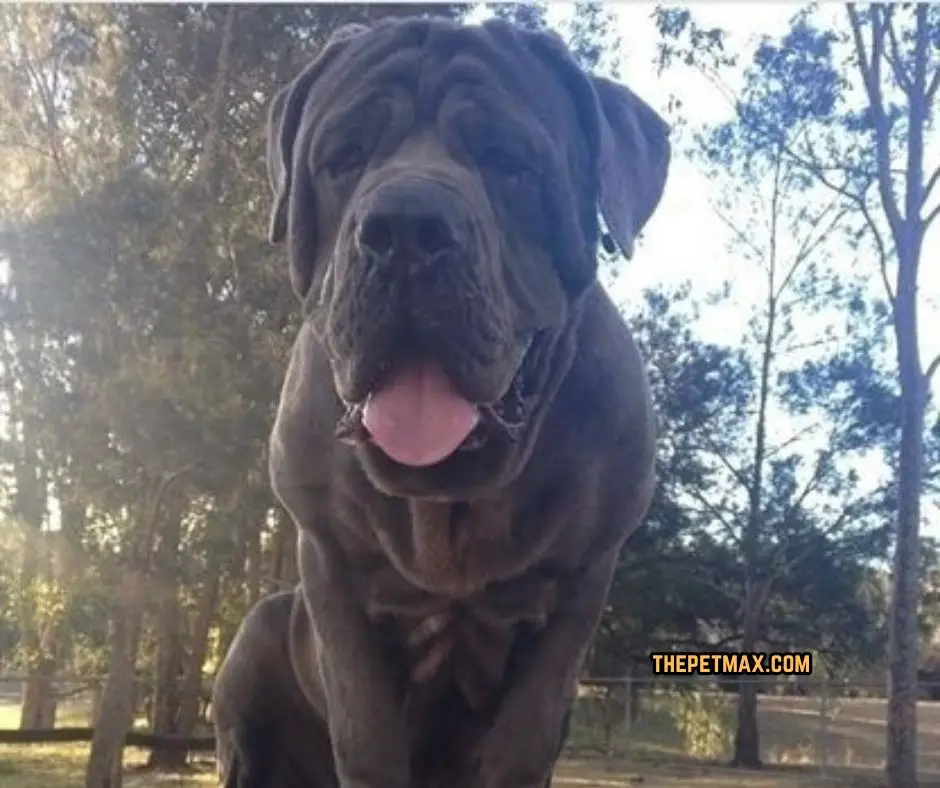
Feed your Neapolitan Mastiff high-quality dog food and provide fresh water regularly. Seven cups of food may be eaten daily by these big dogs, split between two meals. Because of their large size, it is best to feed these dogs several small meals per day rather than one large meal to help with bloating.
Avoid foods with lots of fillers, such as animal products and fruit meats that lack nutrients. Natural, whole foods are best for your dog’s digestive system. Ask your veterinarian to help you determine the best food and portion sizes based on your dog’s age, weight and activity level.
According to the American Kennel Club, “Experienced Neapolitan Mastiff breeders recommend a diet higher in fat and lower in protein,” especially for young, fast-growing dogs. Discuss diet and nutrition issues with your veterinarian.
Exercise Needs Of Neapolitan Mastiff Dog Breed:
Although the Neapolitan Mastiff may be lonely, owners should always make sure they are exercising twice a day for 20 minutes each time. It’s not a big deal, but regular walking is important for weight management and joint health. As with dogs, it is impossible to talk about this great breed.
Neapolitan Mastiff dogs are energetic and playful, but their owners know when they have enough. Due to the large number of bones, joints are easily damaged. It’s important to limit your dog’s running and jumping and make sure he doesn’t climb too fast. Keep an eye on them especially in warm weather, when they can easily get hot and stop playing before your child gets tired.
How to Train a Neapolitan Mastiff?
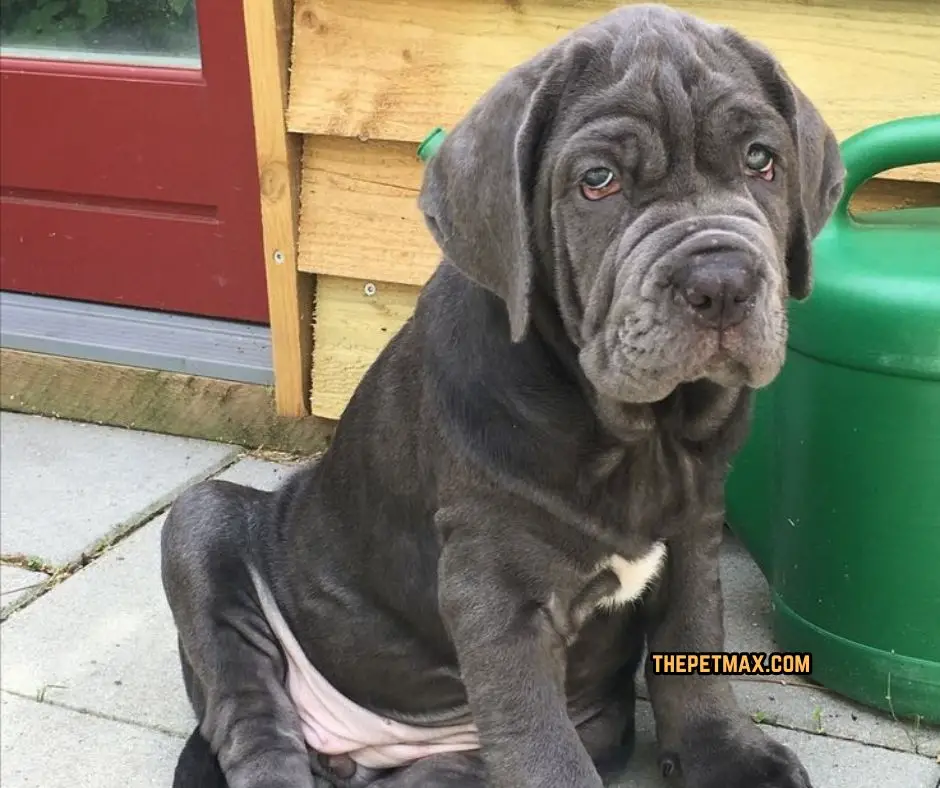
Training your Neapolitan Mastiff should start early, preferably when it is young, around 8 weeks old. People get older and harder to train as they get older, so it’s important to stick with the exercises from a young age. Additionally, early training is important to prevent bad habits, such as jumping on objects or people as your dog gets older and heavier.
Because they are wary of strangers and very suspicious of outsiders, social training is key for the Neapolitan Mastiff. Take your dog out in public at all times. At home, help them learn how to properly greet visitors and distinguish between friends and enemies.
The Neapolitan Mastiff does not tolerate punishment. Instead, they respond well to reinforcing positive emotions and caring in a way that results in positive behavior. The same goes for grooming – if they don’t like to be bathed, treat them with love.
Grooming Needs of Neapolitan Mastiff:

The Neapolitan Mastiff is a large, muscular, wrinkled breed that is difficult to keep clean. Basic grooming, such as weekly brushing, will keep the coat clean and control shedding. By brushing their teeth regularly, you can clean them when needed.
Wipe down the rugs daily and let them dry completely to remove any unwanted dirt or debris. Clipping the nails, cleaning the ears, and brushing the teeth will improve the health of your Neapolitan Mastiff. Because their lazy jaws melt, many owners keep a rag.
Common Health Problems of Neapolitan Mastiff:
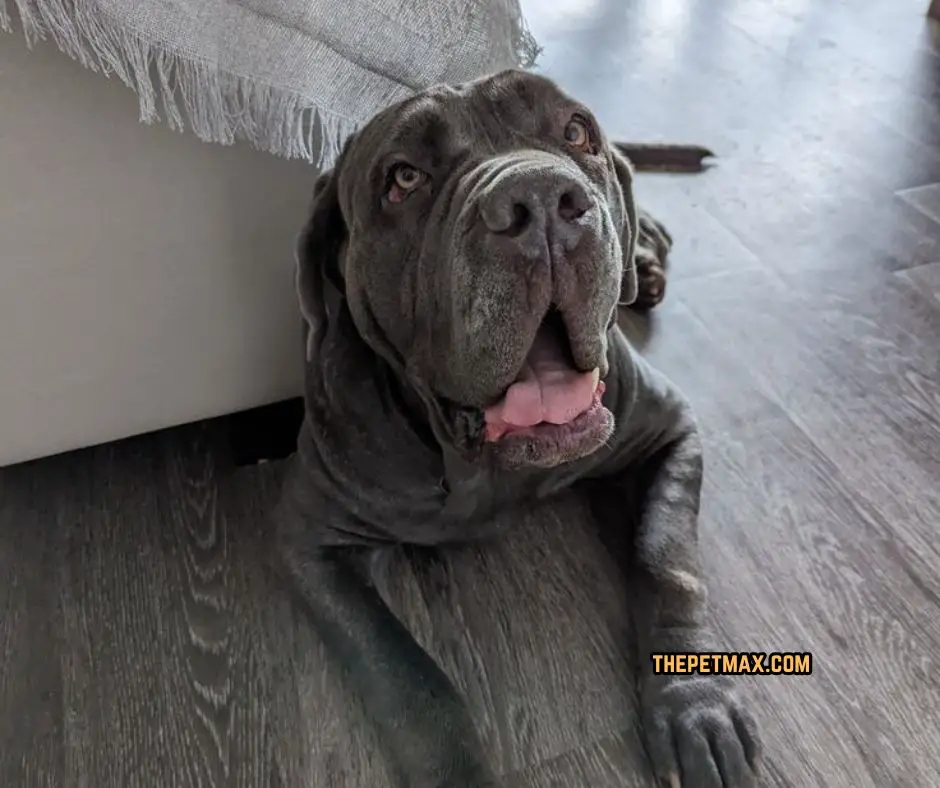
The lifespan of the Neapolitan Mastiff is only 7 to 9 years, which is much shorter than that of a normal dog. This short period is due to the large size and susceptibility to health problems. Before you bring home a Neapolitan Mastiff puppy, consider investing in pet insurance to help ensure the health of this great breed.
- Heart Disease: Neapolitan Mastiffs are prone to heart disease, including cardiomyopathy. Mastiffs with damaged cardiomyopathy sometimes have shortness of breath and a heart murmur that the doctor can hear during the exam. The final diagnosis is made after an echocardiogram or dog ultrasound.
- Allergies: Neapolitan Mastiffs have many skin tissues that are prone to irritation, and secondly, they are prone to developing skin allergies. This breed can be susceptible to ear infections secondary to allergies or have allergies. Talk to your vet about how to best manage your dog’s allergies. Treatment includes regular brushing with a medicated shampoo, washing your dog with a medicated cleaner, and keeping your dog in a veterinary clinic.
- Gastric Dilatation and Volvulus(GDV): Large, breed dogs, such as Neapolitan Mastiffs, can suffer from a condition called expansion and torsion (a severe form of swelling in dogs). This is a serious condition that causes gas and bloating in your dog’s stomach. Signs that your dog is bloated include:
- Retching without vomiting
- Excessive drooling
- Inability to settle
- Distended abdomen
If you notice any of these signs, contact your vet or take your dog to the nearest emergency vet.
- Cherry Eye: The cherry face is a trait that many Neapolitan Mastiffs have. A closed eye occurs when the Neapolitan’s third eyelid sticks out and unclear part of the eye, making it difficult to see. A black eye looks like a pink triangle in the corner of the eye. Surgery is recommended to correct this problem.
FAQ’s:
Are Neapolitan Mastiffs hypoallergenic?
No! Neapolitan Mastiffs are not hypoallergenic. These dogs shed their fur, although sparingly, and produce a lot of dander.
Are Neapolitan Mastiffs apartment friendly?
Of course, due to its large size, the Neapolitan Mastiff is not considered a large house dog. However, it can adapt to the home environment if all training requirements are met correctly, on time to time.
Is the Neapolitan Mastiff an intelligent dog breed?
Neapolitan Mastiffs are very intelligent. Their learning and thinking skills are reasonable and have good problem-solving abilities.
What is the difference between a Bull Mastiff and a Neapolitan Mastiff?
Bullmastiffs are smaller than Neapolitan Mastiffs, stronger and gentler with strangers. The Bullmastiff was originally a cross between the English Mastiff and the Old English Bulldog
Conclusion:
With its distinctive facial expression, animal-loving nature, and small bear size, the Neapolitan Mastiff is a unique dog breed. Their calm and peaceful demeanor and strong body that easily repel all kinds of strangers make them ideal guard dogs. Their size makes them special, but their stupidity makes them a liability.
Don’t leave valuables on small shelves where the Neapolitan accidentally drops them! Also, be careful with small children around these large dogs.
It doesn’t have to be a lot of grooming, but the skin folds should be clean. The best way to take care of these guys is to wash them after they fall off! If you’re looking for a loving family member who doesn’t require a lot of training or attention and can protect your home while you’re away, the Neapolitan Mastiff is a good option to consider.

